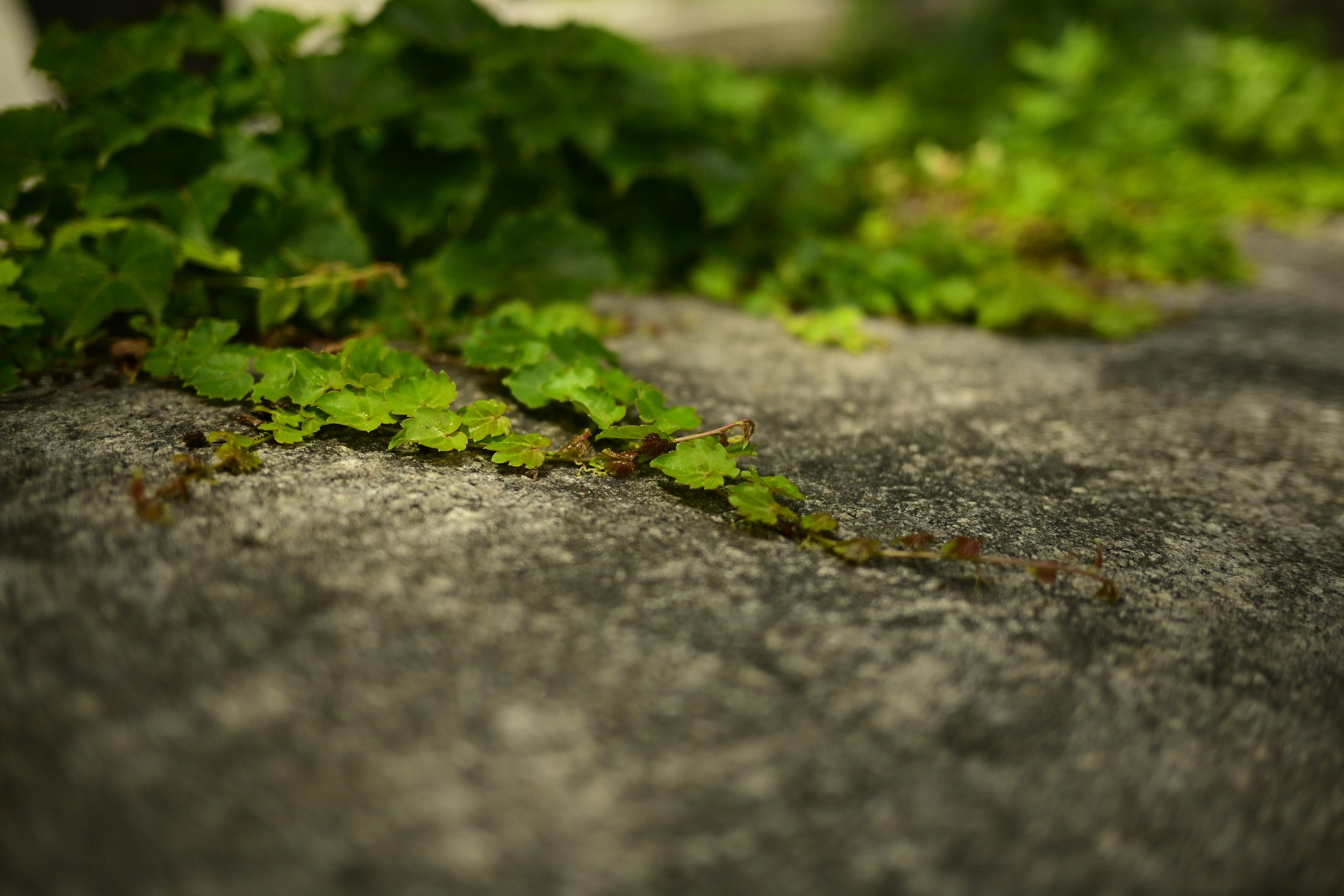WHITE BALANCE PRESETS: GET BETTER COLOR IN-CAMERA
Note: Commissions may be earned from the links below.
Getting good color in-camera doesn’t have to be complicated. One of the easiest tools is already built into your camera: white balance presets.
What Is White Balance?
White balance (WB) tells your camera how to interpret the color of the light in a scene. Different types of light—like sunlight, shade, indoor bulbs, or fluorescent tubes—all cast different colors. Your job is to help your camera understand the light it’s seeing so skin tones and whites remain accurate.
Why Use WB Presets?
They’re fast, simple, and already built into your camera.
No extra gear. No post-processing. Just choose the right preset and start shooting.
How to Use White Balance Presets
Most cameras (Canon, Fuji, Nikon, Sony, etc.) include the following presets:
Daylight (or Sunlight) – for bright sun
Shade – adds warmth to cool, shadowy scenes
Cloudy – slightly warmer than daylight
Tungsten – cools down yellow indoor bulbs
Fluorescent – reduces greenish tones
Flash – balances color for on-camera flash
Always survey your lighting. Are you in direct sun, deep shade, or under indoor lights?Choose the correct preset for the lighting condition you are working in. Use your camera’s preset to matches your light.
Before…
After!
Real-World Example: Let’s say you’re photographing in the shade. If you're using Auto White Balance or any other wrong white balance, the colors will shift, and maybe look a bit cool or bluish. Switching to the Daylight/Sunlight preset warms up the image instantly—no editing needed. (Images captured with Nikon Zf and NIKKOR 40mm f/2 lens)
All content © 2025 Leticia Valdez Fotografia
Finally, stick to one white balance preset throughout your shoot (unless your lighting changes). This helps you keep your colors consistent—especially important for wardrobe and makeup.
As always, best of luck!
Reach out! Drop a line and share what type of content you'd like to see on this blog.
All images distributed by Leticia Valdez Fotografia are professionally copyrighted works. These images cannot be used or altered for any purpose without permission. Copyright © 2025 Leticia Valdez Fotografia LLC.

